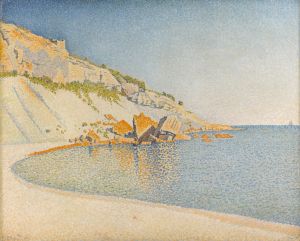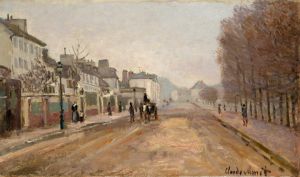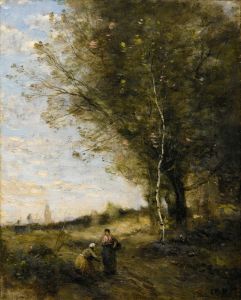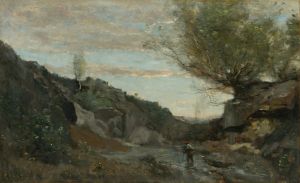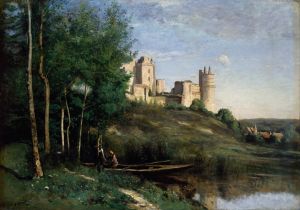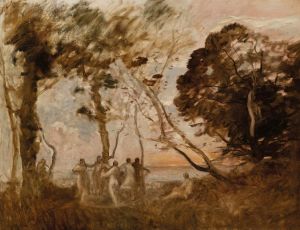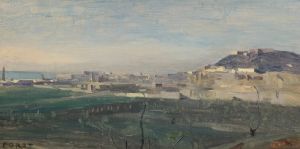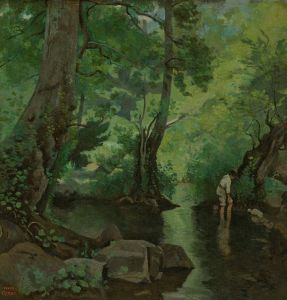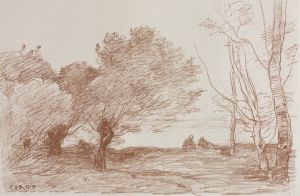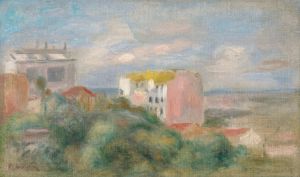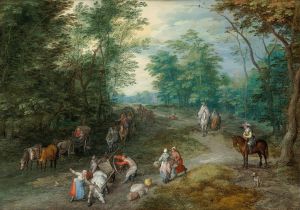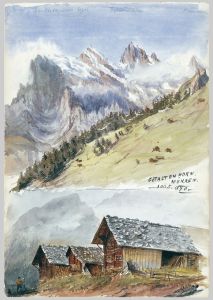
Ville d’Avray, Woodland Path Bordering the Pond
A hand-painted replica of Jean-Baptiste-Camille Corot’s masterpiece Ville d’Avray, Woodland Path Bordering the Pond, meticulously crafted by professional artists to capture the true essence of the original. Each piece is created with museum-quality canvas and rare mineral pigments, carefully painted by experienced artists with delicate brushstrokes and rich, layered colors to perfectly recreate the texture of the original artwork. Unlike machine-printed reproductions, this hand-painted version brings the painting to life, infused with the artist’s emotions and skill in every stroke. Whether for personal collection or home decoration, it instantly elevates the artistic atmosphere of any space.
"Ville d’Avray, Woodland Path Bordering the Pond" is a painting by the renowned French artist Jean-Baptiste-Camille Corot, a pivotal figure in the landscape painting genre and a precursor to the Impressionist movement. Corot, born in 1796, was known for his ability to capture the subtle nuances of light and atmosphere, and his works often depicted serene landscapes that conveyed a sense of tranquility and introspection.
This particular painting, created in the mid-19th century, exemplifies Corot's mature style, where he skillfully blends realism with a poetic sensibility. The scene is set in Ville d’Avray, a small commune near Paris, which was a frequent subject in Corot's oeuvre. He had a personal connection to this location, as his family owned a house there, and it provided him with a wealth of natural scenery to explore artistically.
The composition of "Ville d’Avray, Woodland Path Bordering the Pond" is characterized by its harmonious balance and delicate treatment of light. Corot's use of a muted color palette, dominated by soft greens and earthy tones, creates a peaceful and contemplative mood. The painting depicts a woodland path that gently curves alongside a pond, inviting the viewer to imagine a leisurely stroll through this idyllic setting. The trees, rendered with Corot's characteristic loose brushwork, form a natural canopy that filters the sunlight, casting dappled shadows on the path and water.
Corot's technique in this painting reflects his mastery of capturing the transient effects of light and atmosphere. He often painted en plein air, or outdoors, which allowed him to observe and depict the changing conditions of the natural world with great fidelity. This approach was influential in the development of Impressionism, as it encouraged artists to embrace spontaneity and direct observation.
The painting also demonstrates Corot's interest in the interplay between man and nature. While the scene is devoid of human figures, the presence of the path suggests human interaction with the landscape, hinting at the quiet coexistence between people and their environment. This theme of harmony with nature is a recurring motif in Corot's work, reflecting the Romantic ideals of his time.
Corot's influence extended beyond his own era, as his innovative techniques and approach to landscape painting inspired subsequent generations of artists. His ability to convey mood and emotion through landscape set a precedent for the Impressionists, who admired his work for its atmospheric qualities and emphasis on light.
"Ville d’Avray, Woodland Path Bordering the Pond" remains a testament to Corot's skill as a painter and his deep appreciation for the natural world. The painting is part of various collections and continues to be celebrated for its serene beauty and contribution to the evolution of landscape painting. Through works like this, Corot solidified his legacy as a bridge between the classical traditions of the past and the modern movements that followed.





